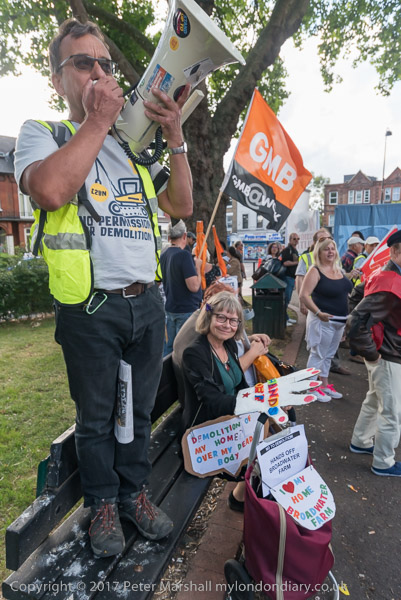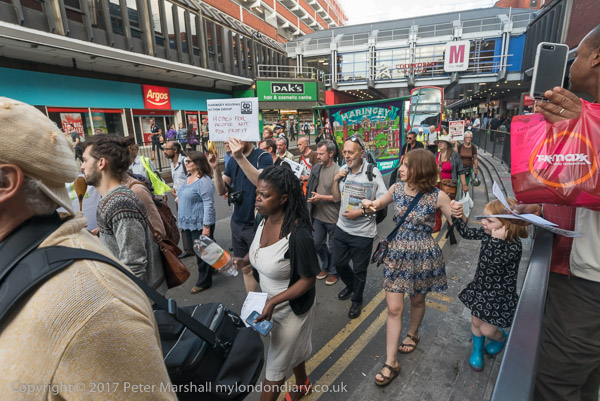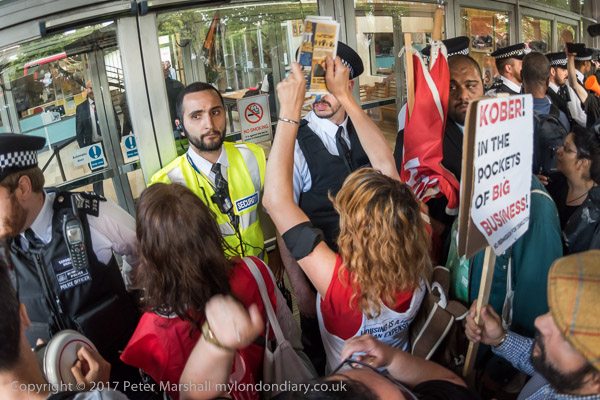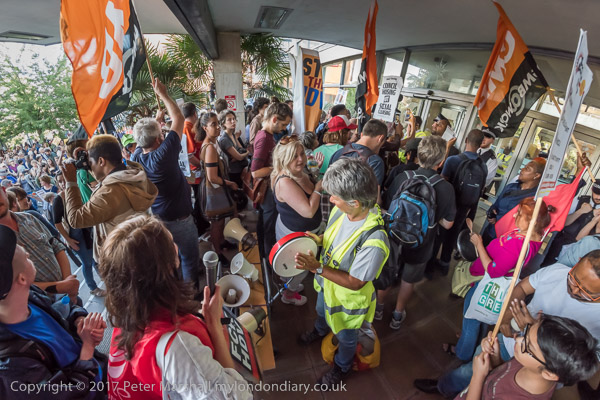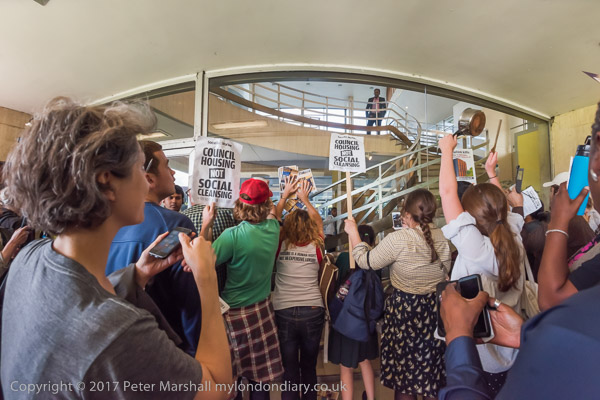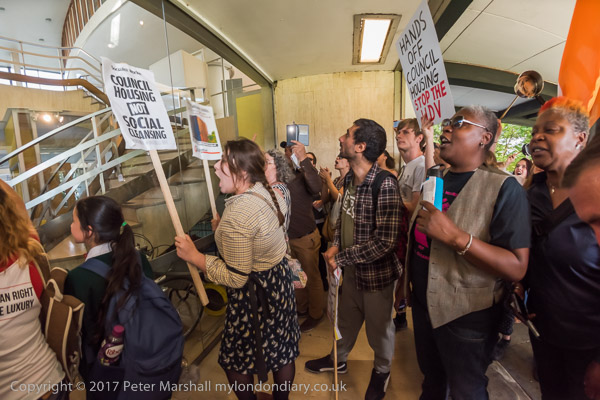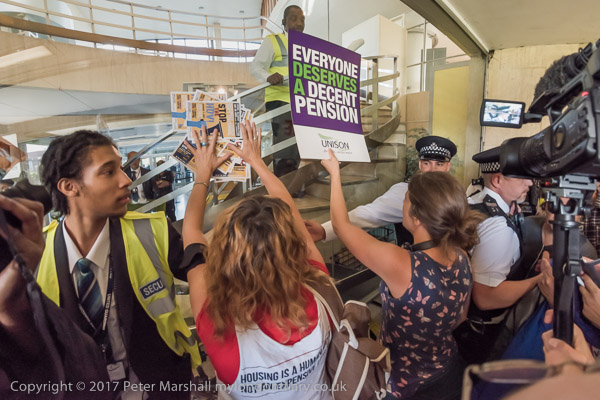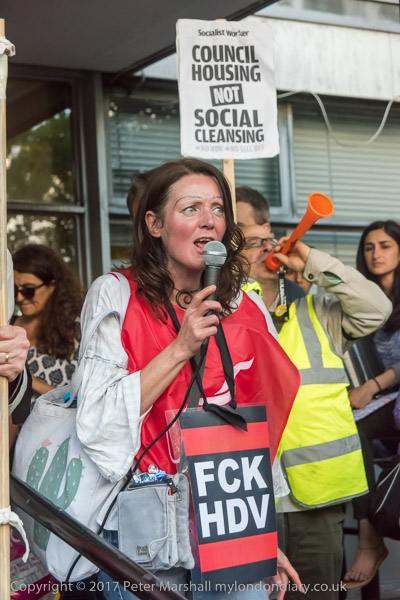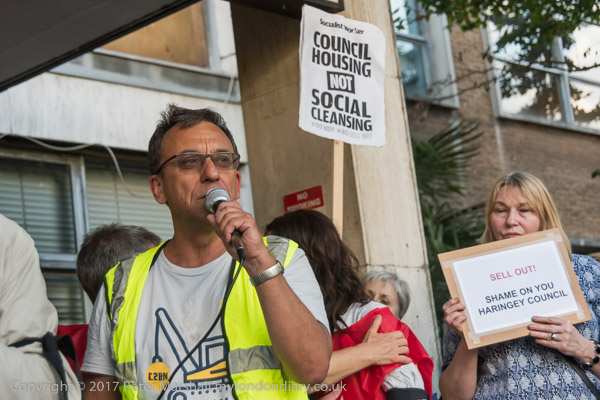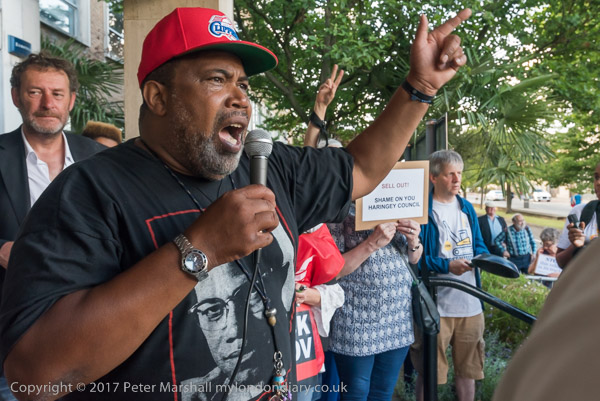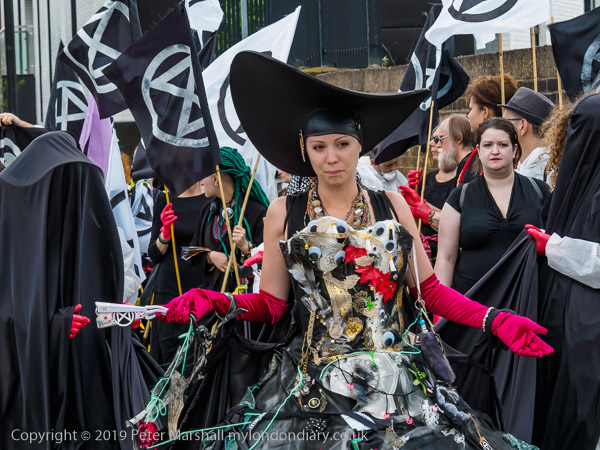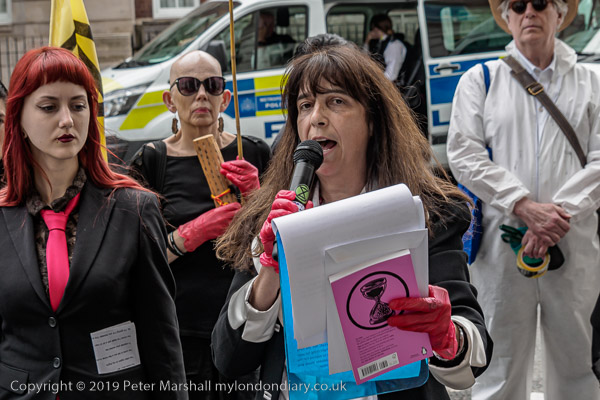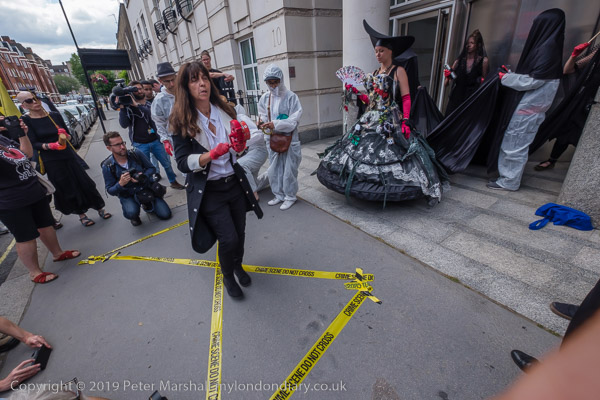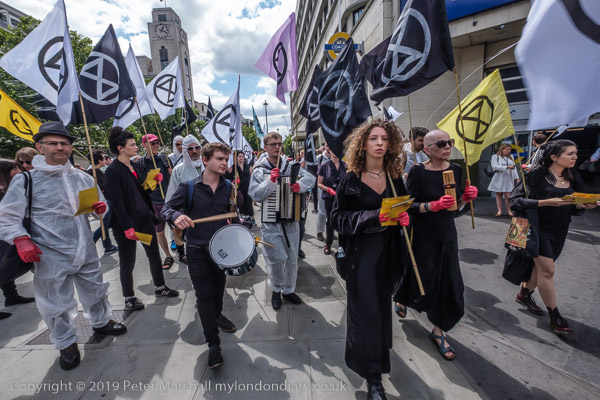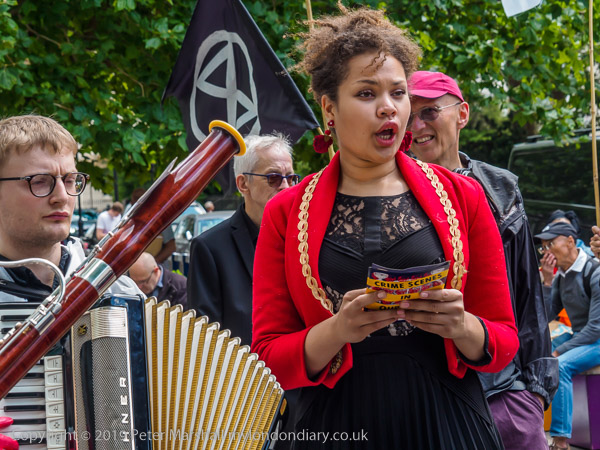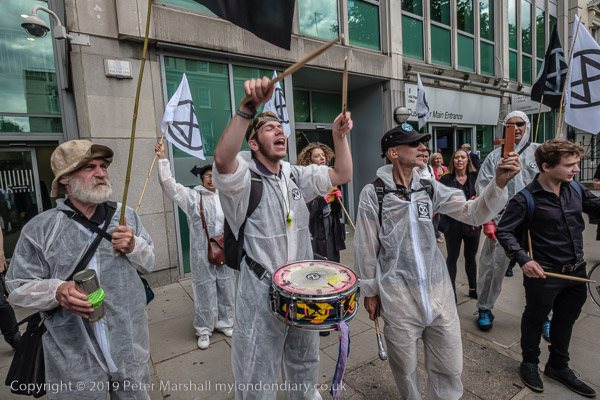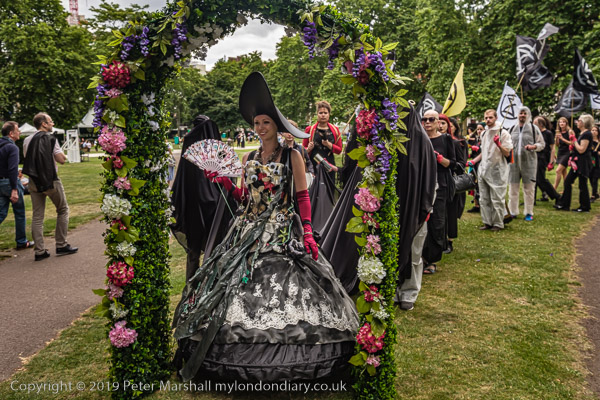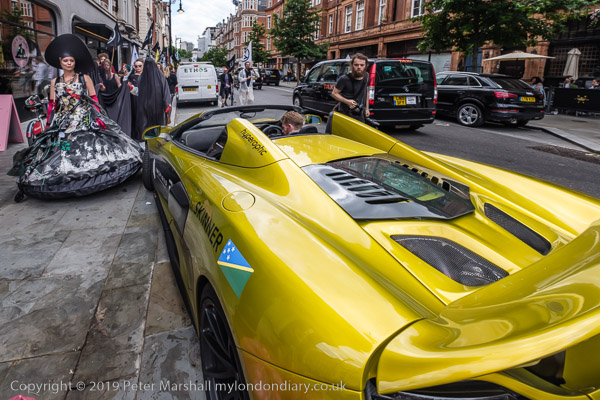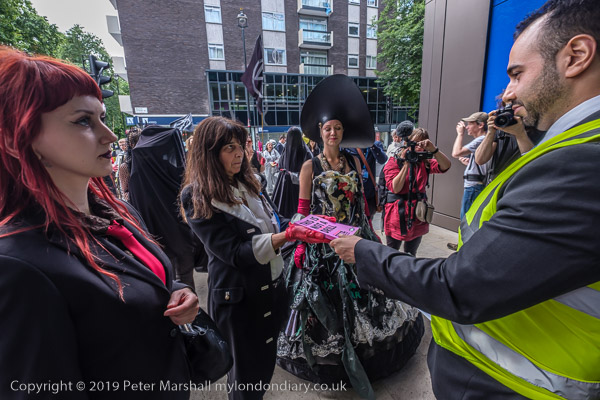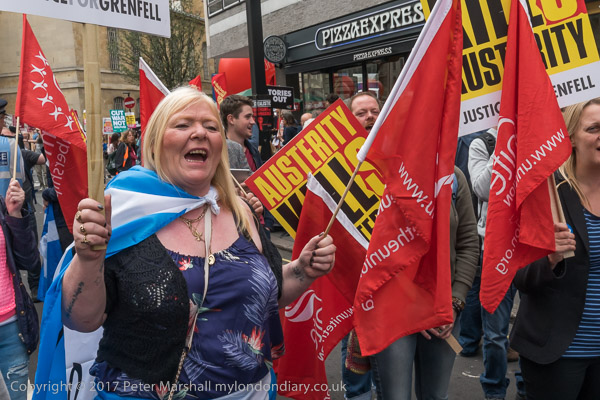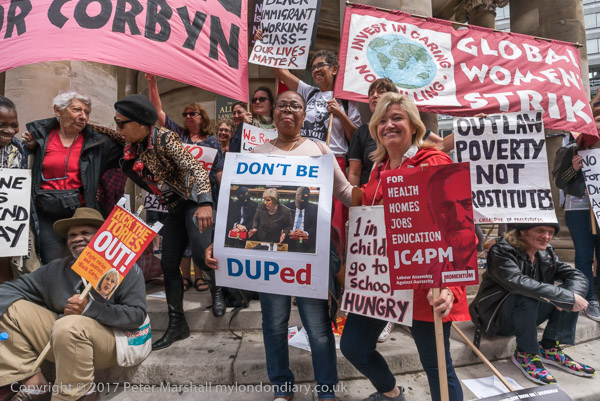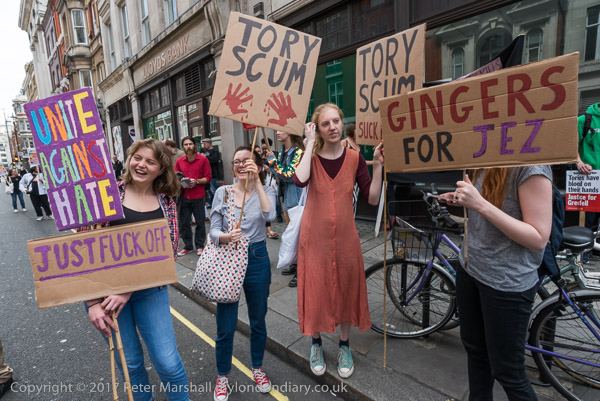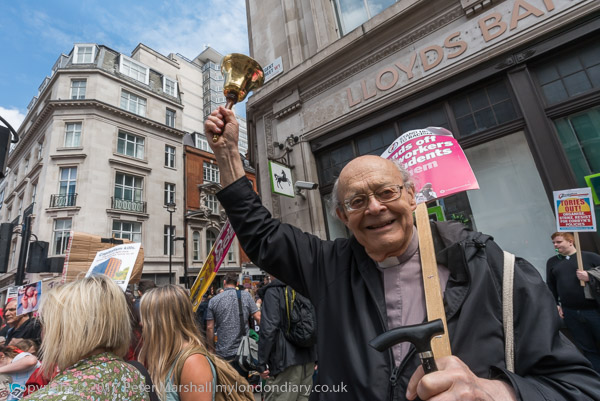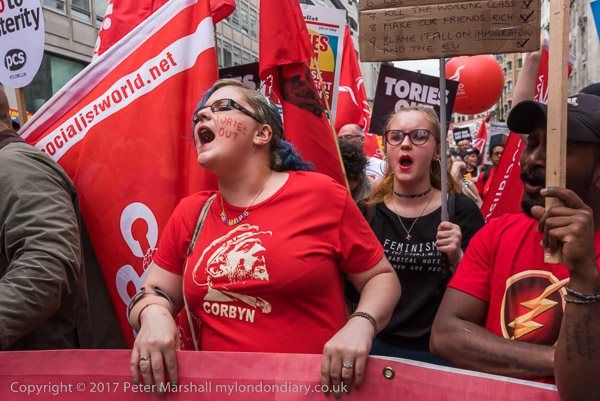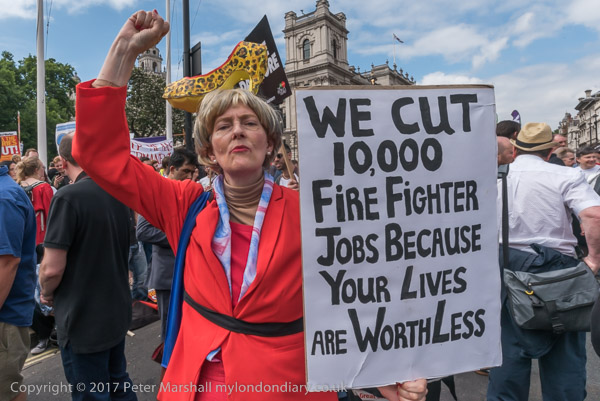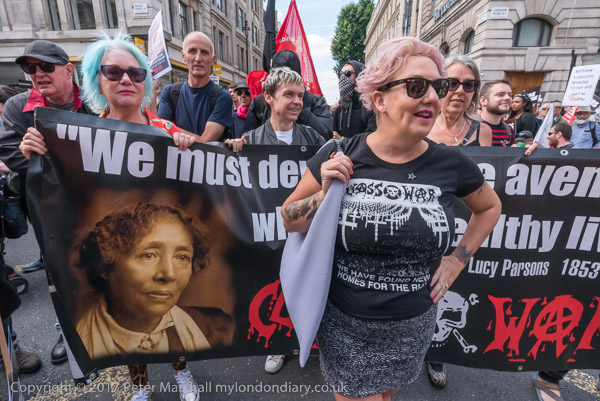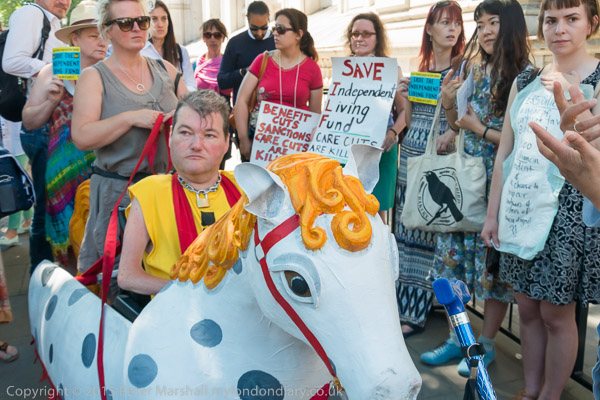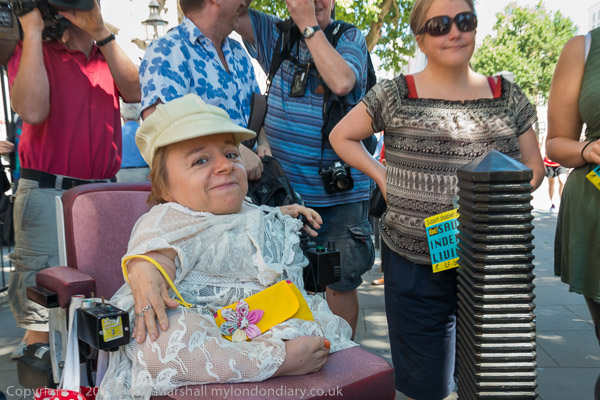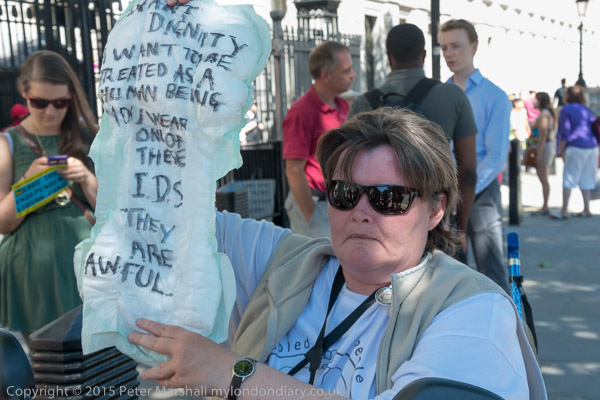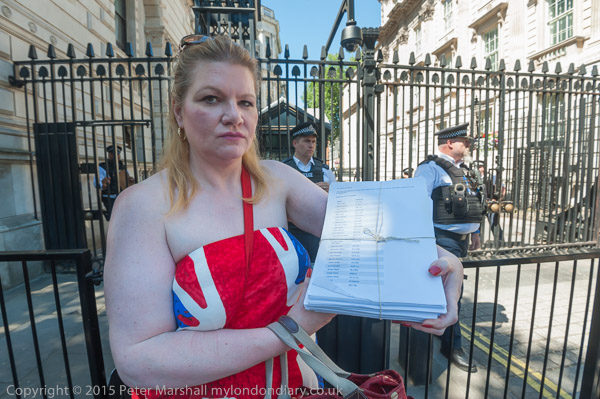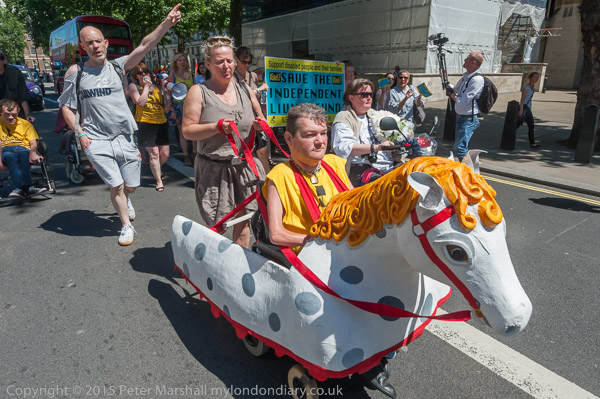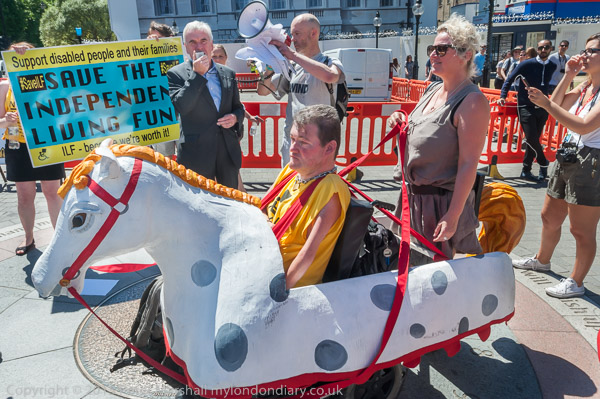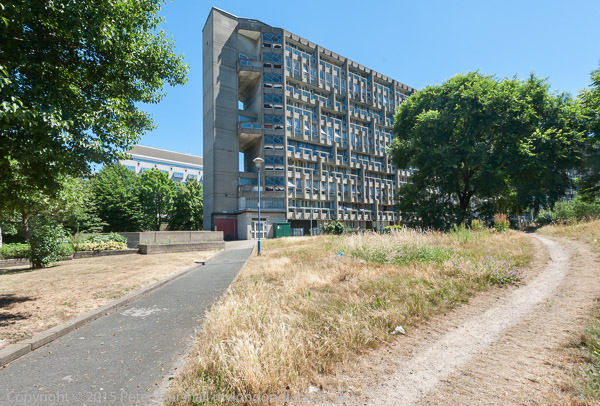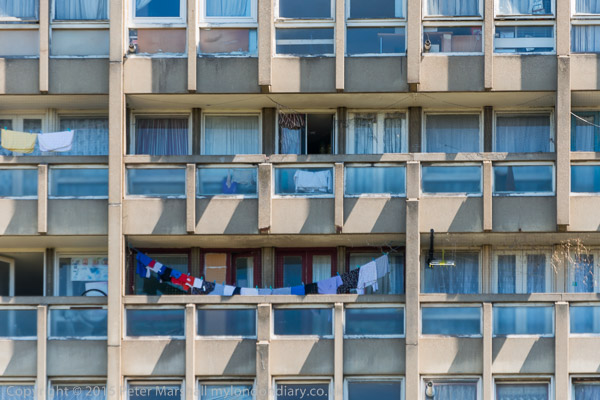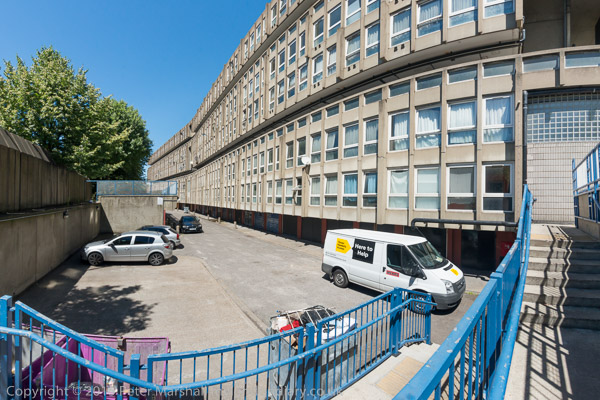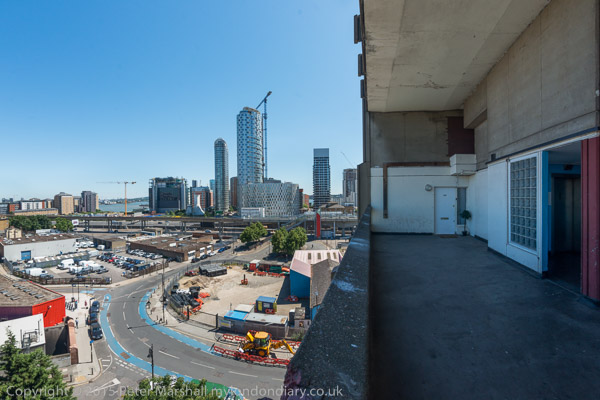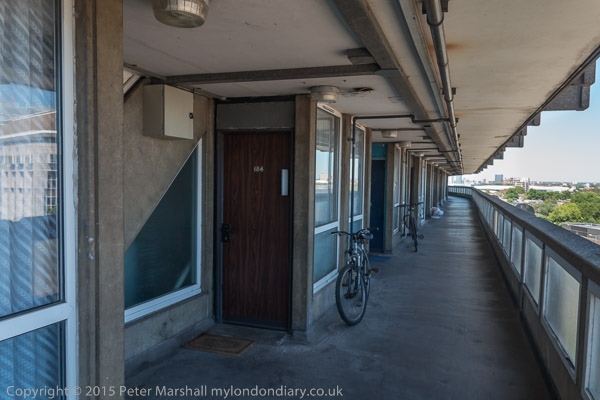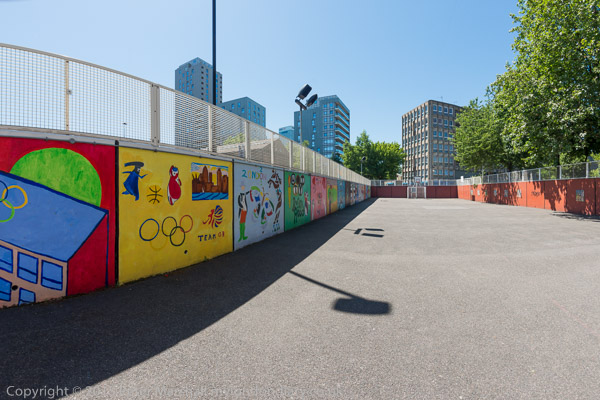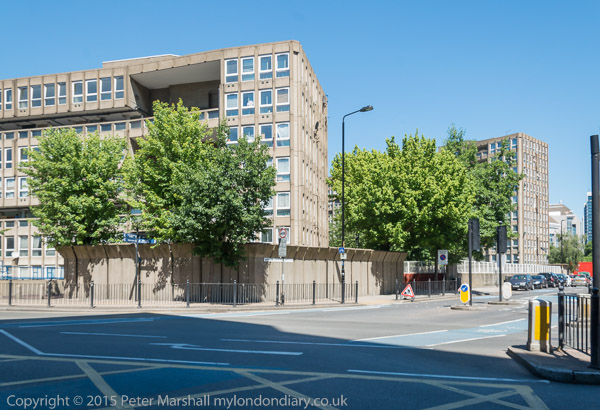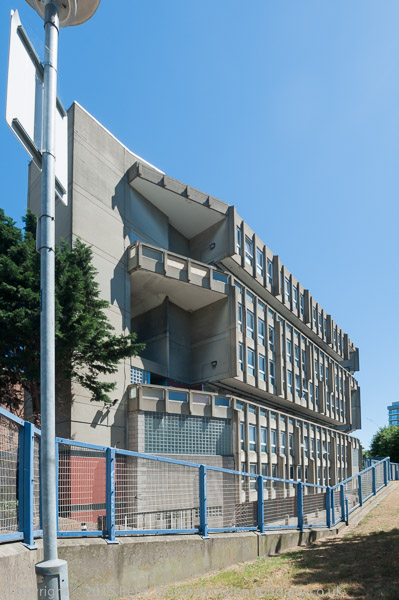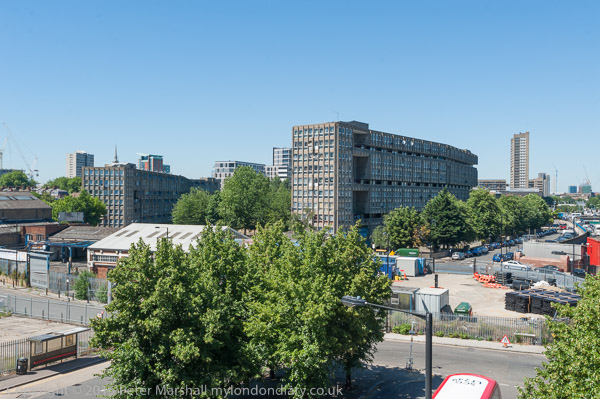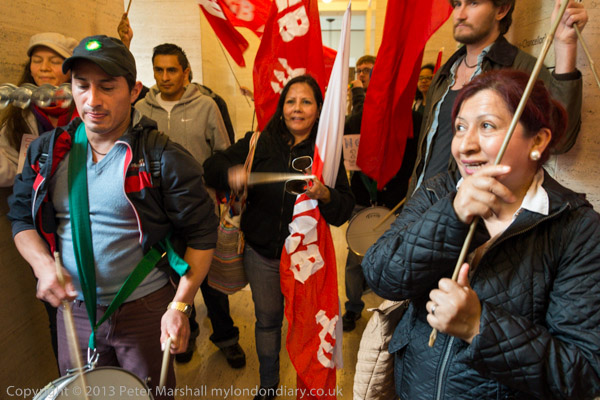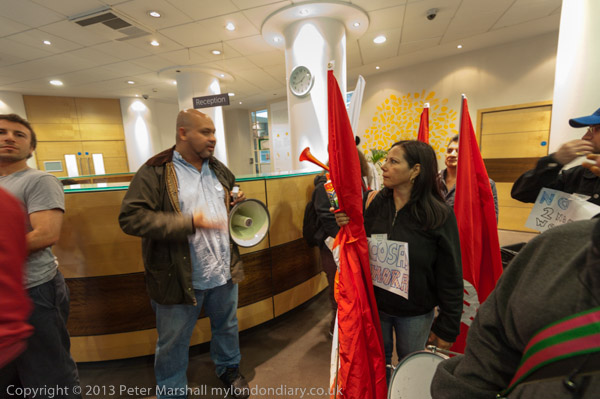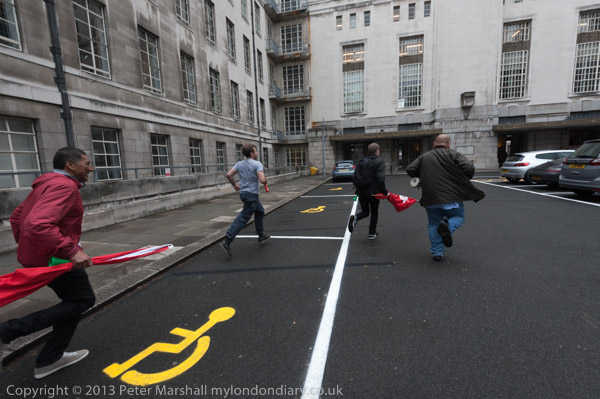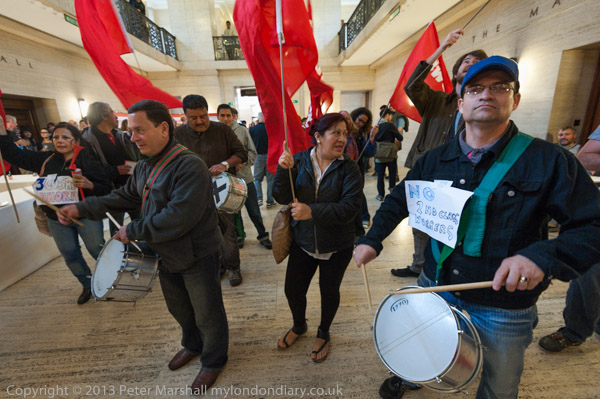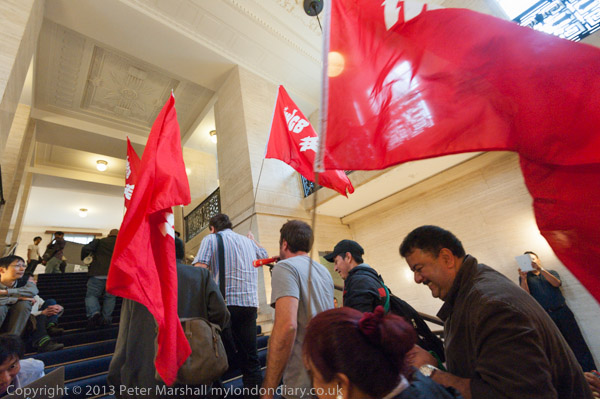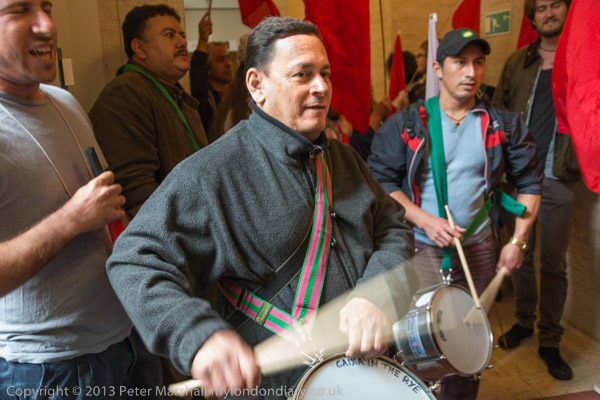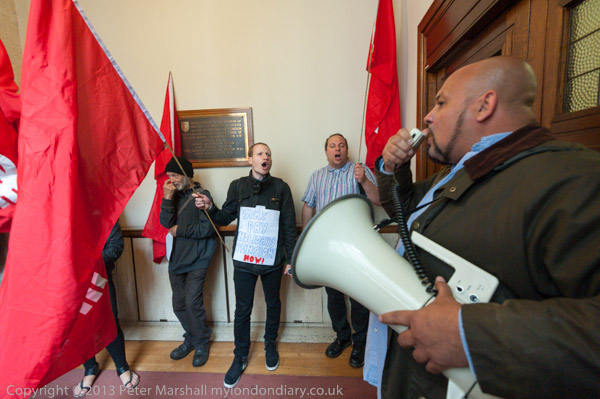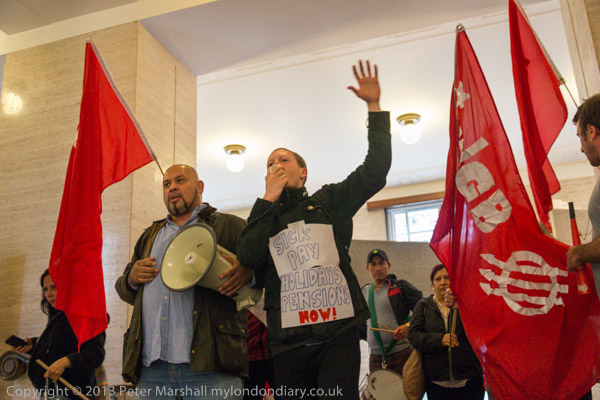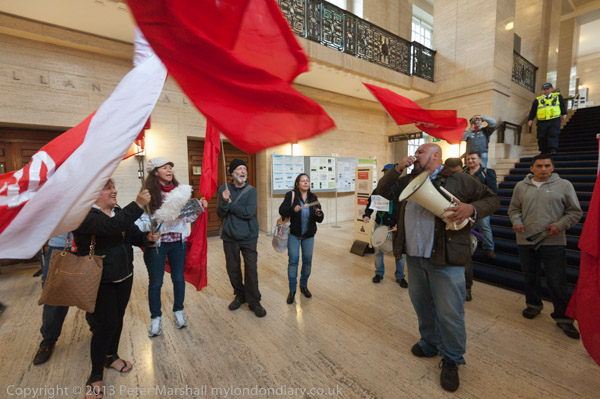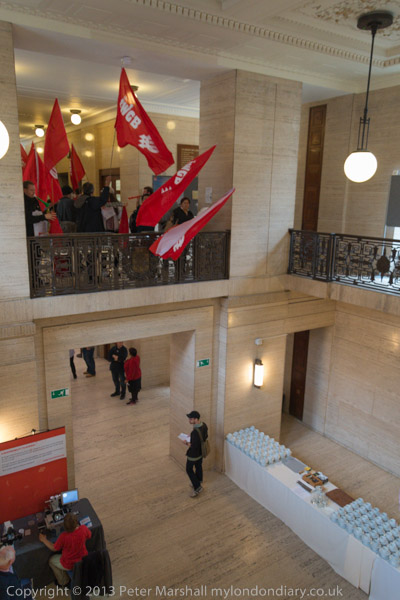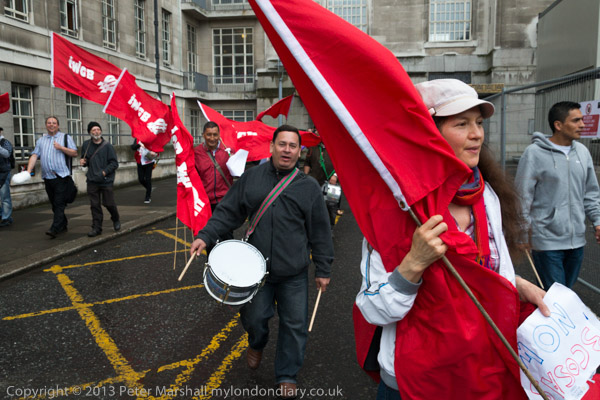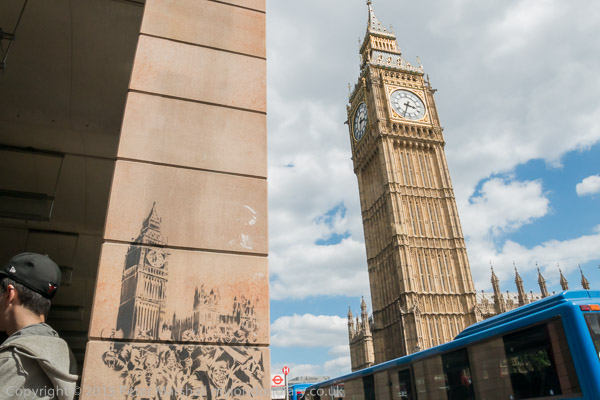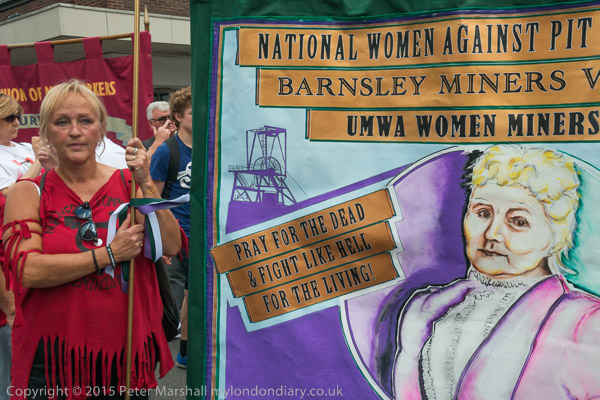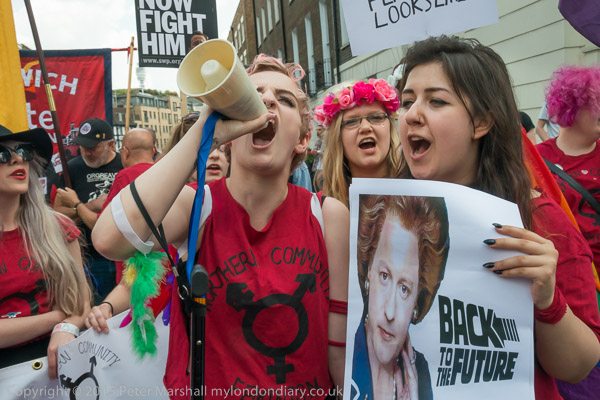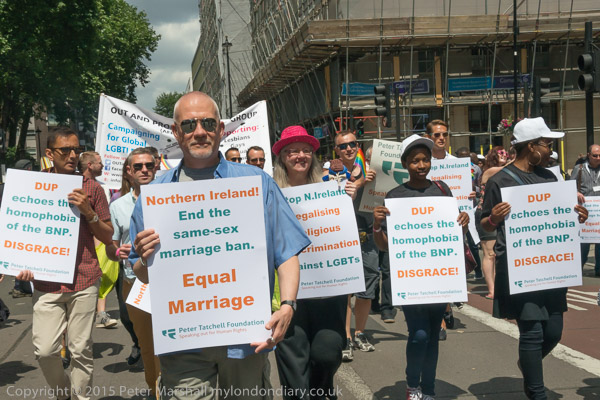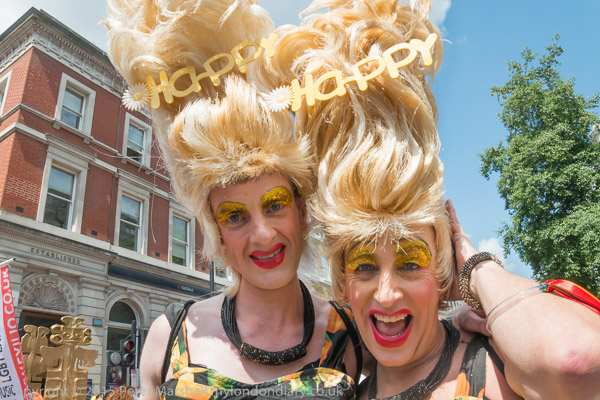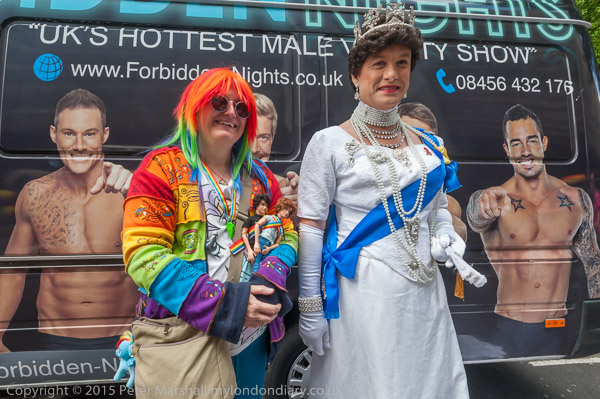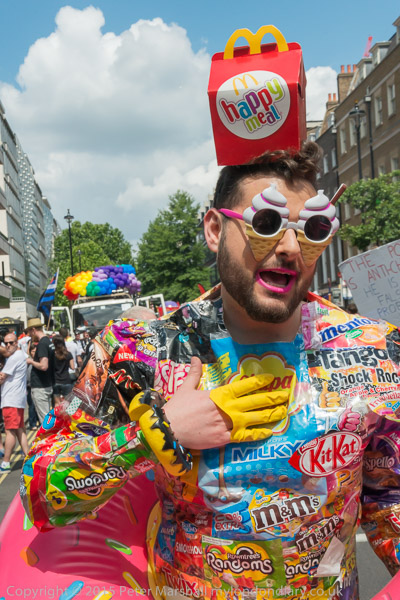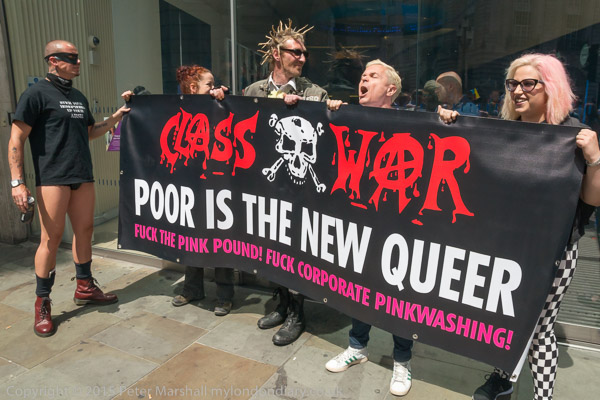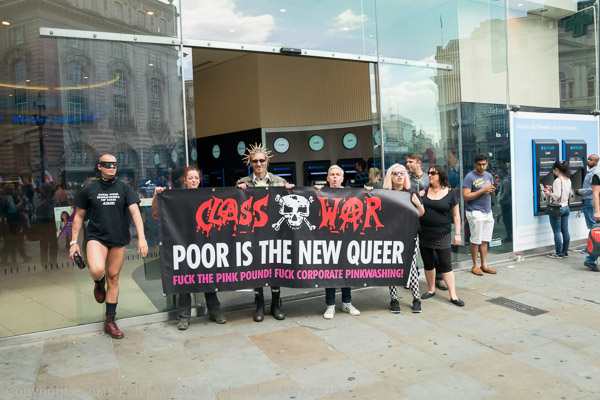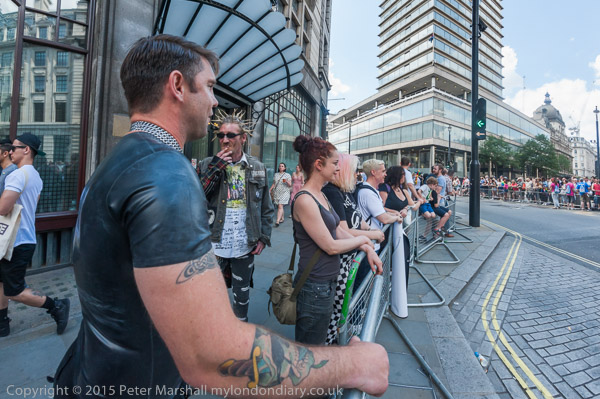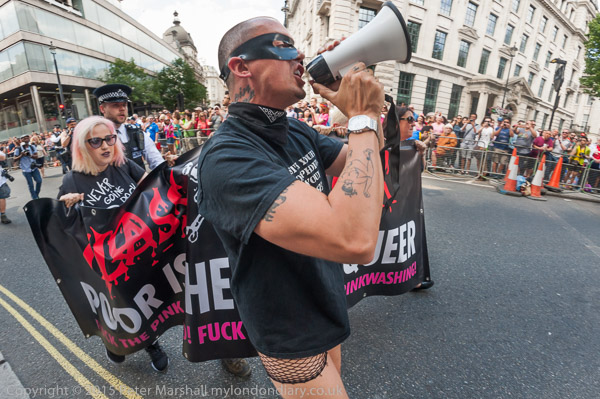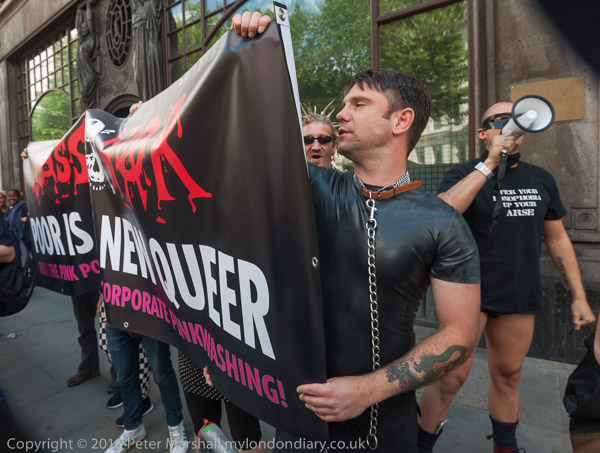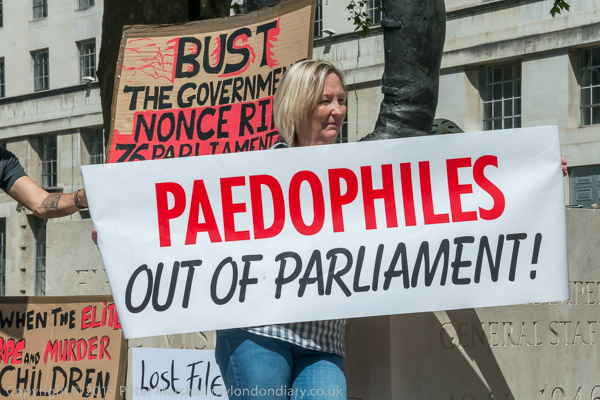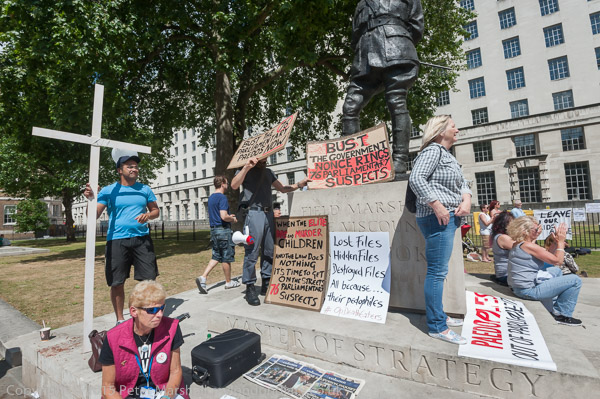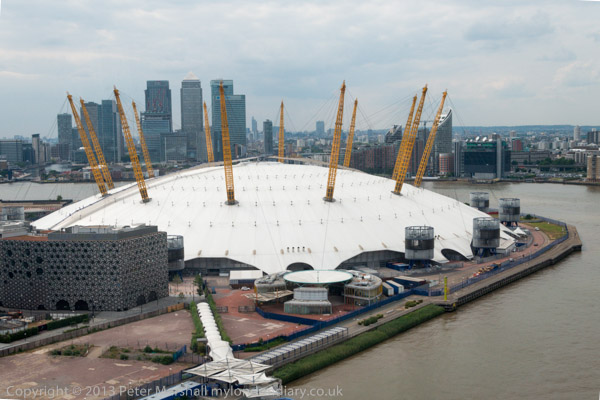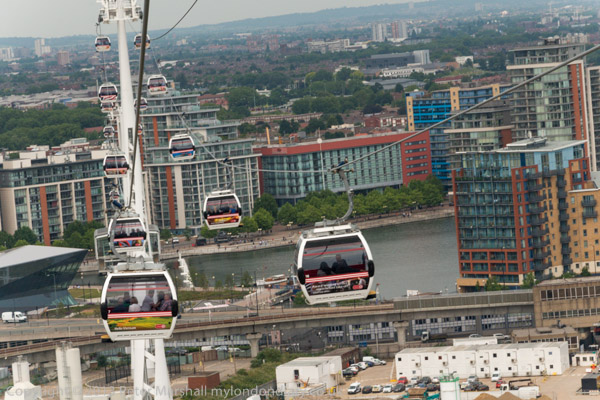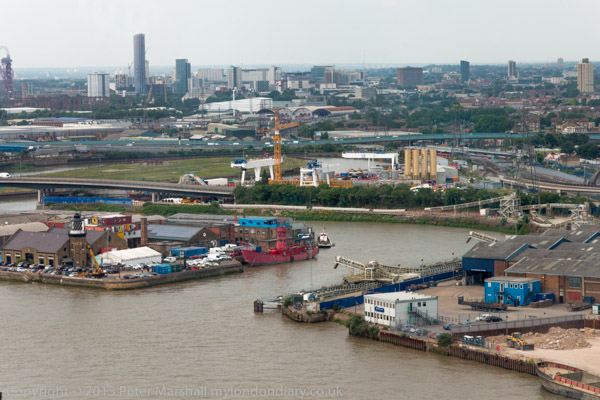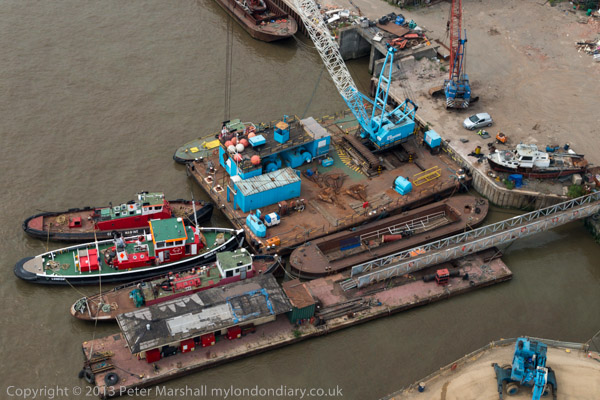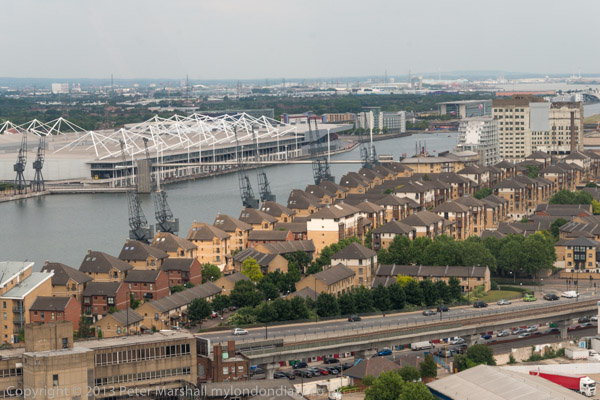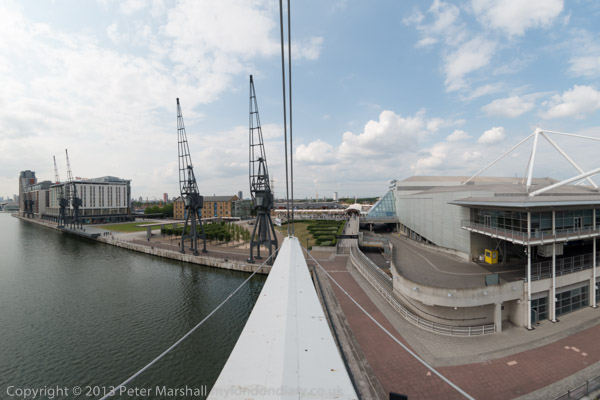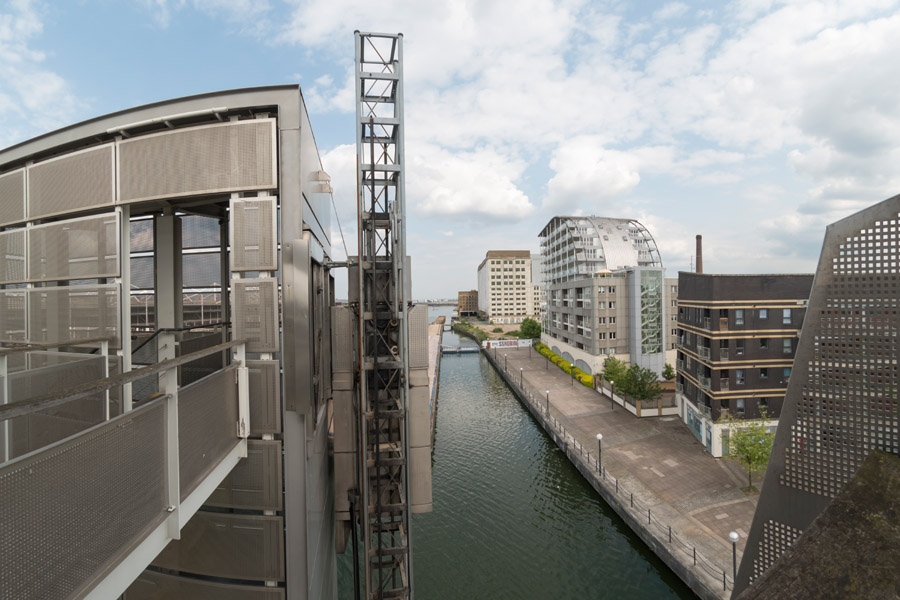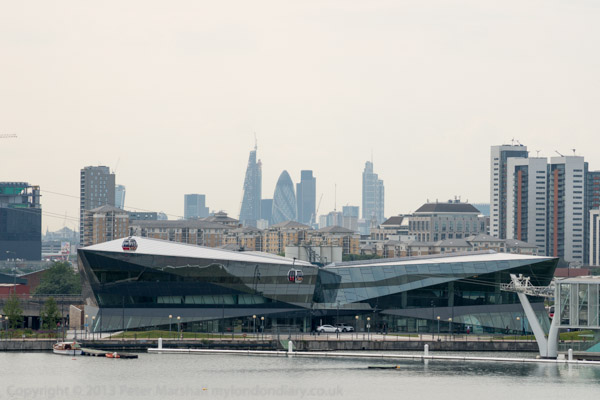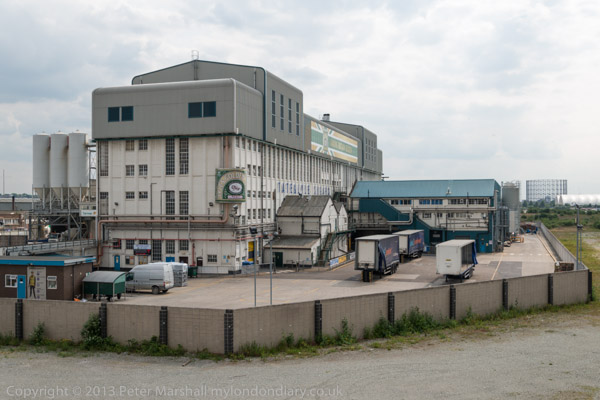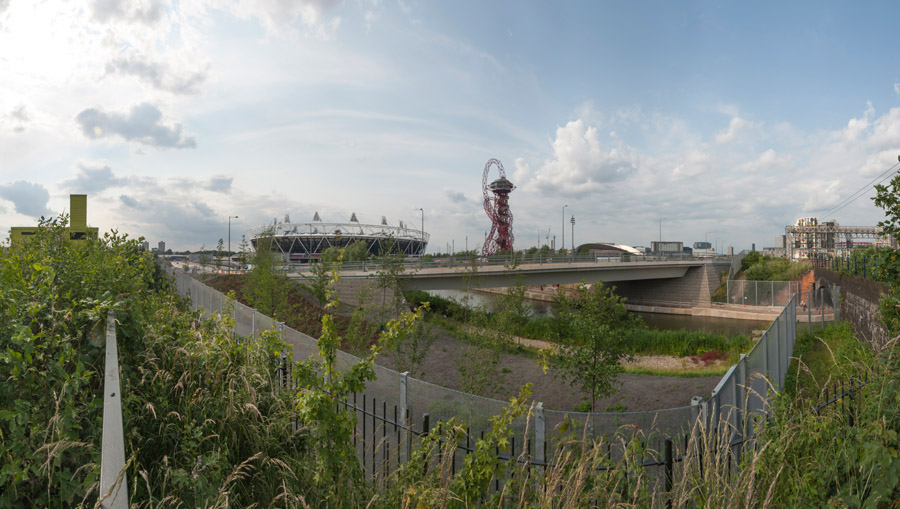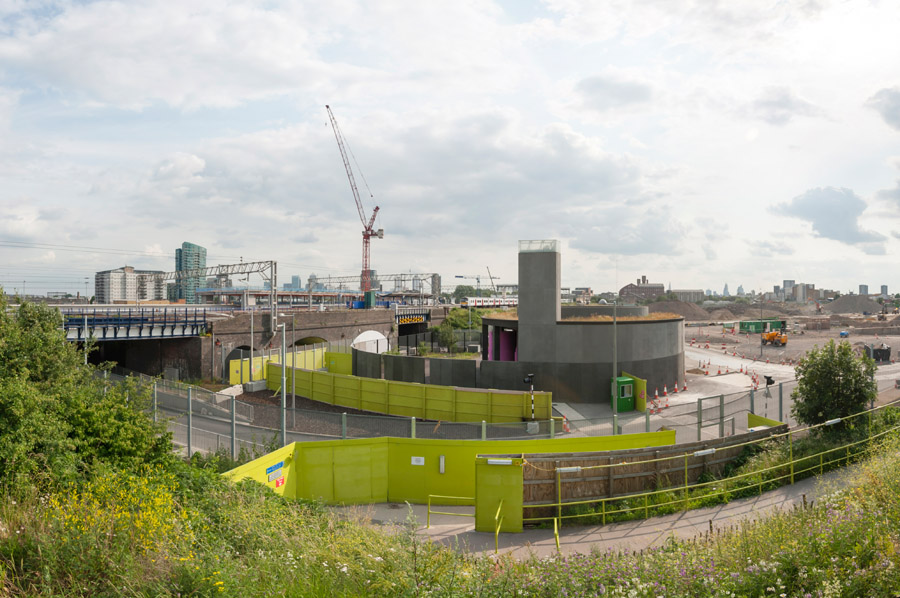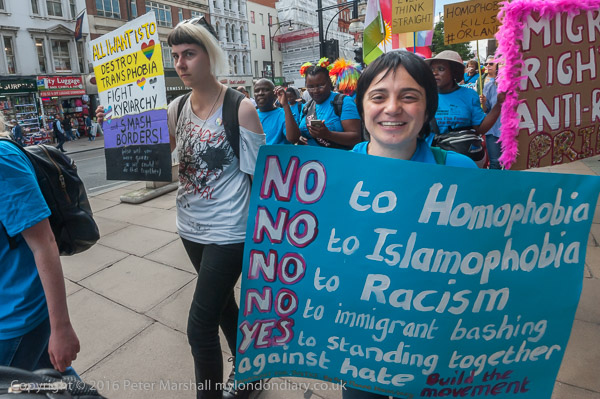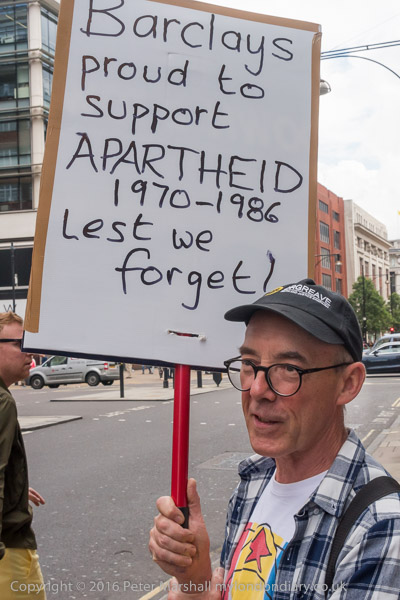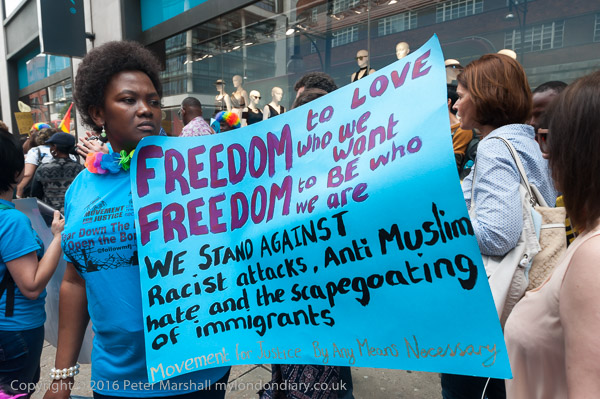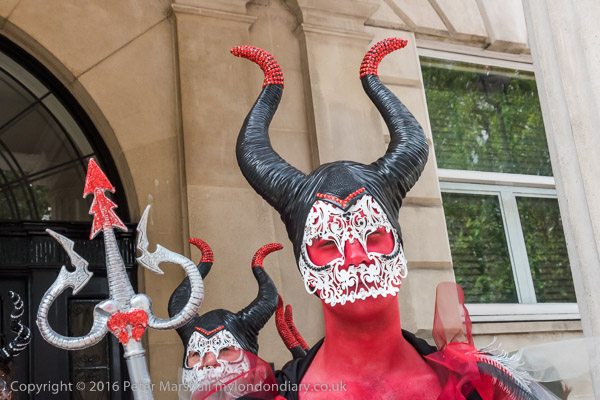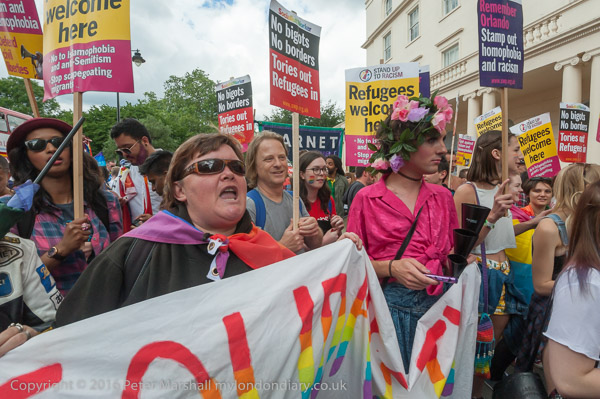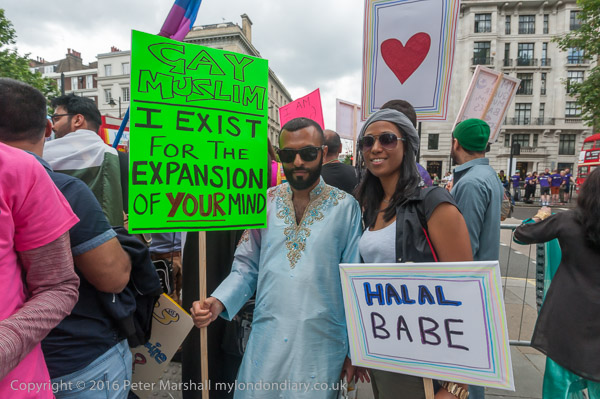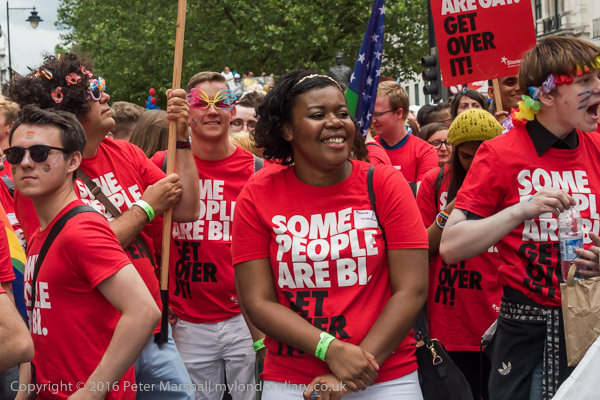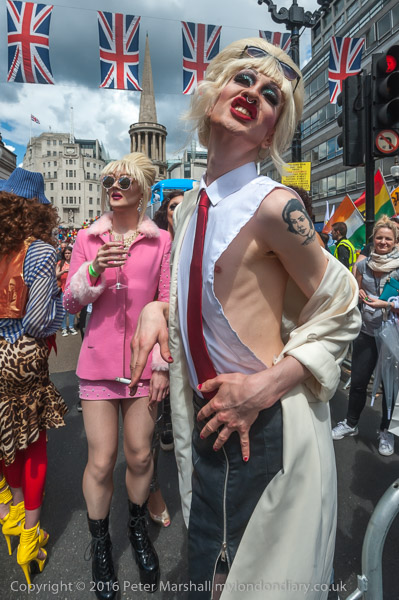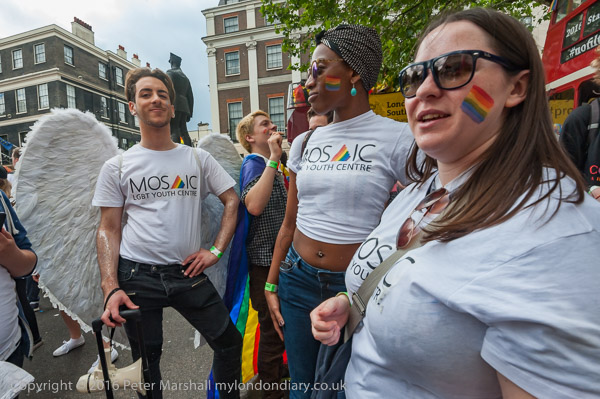My previous post on this walk, West Lane & Spa Road Bermondsey 1988, ended in the Longfield esate on Fort Road.
I met this man working I think somewhere on the Longfield Estate, and as often happens he was interested in seeing me wandering around with a camera and stopped his work to pose for me.
Streets such as Alma Grove and one I had walked down earlier in the area Balaclava Rod clearly show that this area was built up around the time of the Crimean War of 1853-6. when Britain and its allies, France, the Ottoman Empire and Piedmont-Sardinia defeated Russia. It was a war largely about Palestine (then part of the Ottoman Empire) and the relative religious rights there for the Orthodox Church, backed by Russia and the Roman Catholic Church, but also against imperial expansion by Russia as the Turkish Ottoman empire was declining. The Allies landed in Crimea won a battle at Alma in September 1854, then managed to repel a Russian counterattack in October at Balaclava, but with heavy British losses.
The Crimean War was an important milestone in the history of photography as the first to be widely recorded in photographs, taken using the cumbersome wet-plate process by Roger Fenton, whose work was also a part of what was probably the first major mass propaganda exercise aimed at the growing British middle class and industrial working class.
The infamous Charge of the Light Brigade took place at Balaclava, and Lord Lucan who passed on the misleading order which led to it had his home close to where I now live. Though the local Lucan Arms pub named in his family’s honour is now ironically renamed ‘The Retreat’.
Walking westwards along Southwark Park Road takes you, after the junction with Dunton Road into Grange Road, where I admired the frontage of the Grange Café. THis later became the Jasmine Garden Chinese take-away and is now Chicken World, but has long since lost its interesting frontage, though the pillars at each end remain.
Although there was once a magazine ‘Forever Two Wheels’ or ‘FTW’ I suspect the name of this motorcycle shop on Grange Road probably came from the initials of its owner. Ii think this shop and the row of houses has since been demolished. As well as selling motorbikes it was also a bike breaker, stripping down bikes no longer in working order to sell as spare parts.
The Look In offering House Clearances and Removals was very firmly shuttered and closed when I made this picture in 1988. Certainly I couldn’t look in. It was next to F T W motorcycles. The shop at left appears to be number 85, but numbering in Grange Road is difficult to follow. I think these shops were shortly after replaced by a rather anonymous housing block.
As I was photographing the shop fronts this man came out from FTW Motorcycles and we talked for a few minutes, after which I asked him if I could take his photograph. I took two frames and both are just a little sharper on the shopfront than on his face.
I went on from here to take a number of pictures of the Alaska Works, where my next post on this walk will begin.







